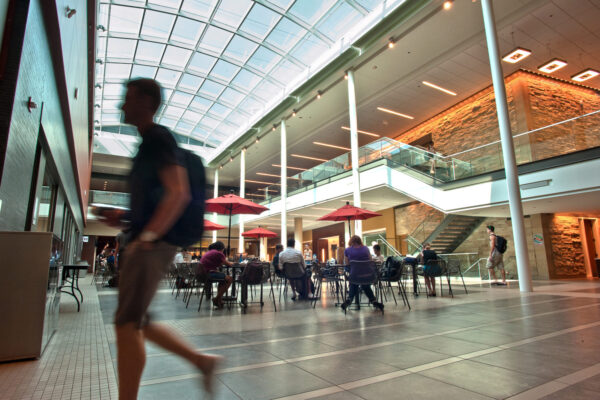
Budgeting for Institutional Success
When higher education leaders gather, no theme is more common—or as tension-filled—as budgeting. ACE Leadership Director Jim Sirianni looks at the budget models available to colleges and universities institutions, and the need to move forward together on a high-impact change when adopting a new model.
November 14, 2016

Lead with Data. Inspire with Leadership.
Bob Shea, senior fellow at the National Association of College and University Business Officers, sat on the ACE2016 panel “Higher Education Business Models: Leading with Data to Deliver Results.” During the Q&A, the common theme emerged of how to get started on the difficult work of moving to a sustainable economic model. Shea considers that question.
May 25, 2016
The Past Can’t Be Prologue
Dennis P. Jones, president emeritus of the National Center for Higher Education Management Systems, writes that higher education must take the lead in ensuring that college remains (and is made more) affordable. Assuming this challenge—and responsibility—will require extraordinary leadership skills by college administrators, and require nothing less than a change in institutional cultures.
May 11, 2016

The Price We Pay for Bad Data on College Costs
Matthew Soldner of the American Institutes for Research writes about three things senior leaders need to know as they navigate the challenges facing their campuses: institutional spending, and how spending relates to cost and student outcomes. The first post in a series introducing three background papers prepared for a roundtable on financial data in higher education.
April 27, 2016
Evolving Higher Education Business Models
March 15, 2016
Faculty and CFOs: It’s Not Us Versus Them
September 9, 2015